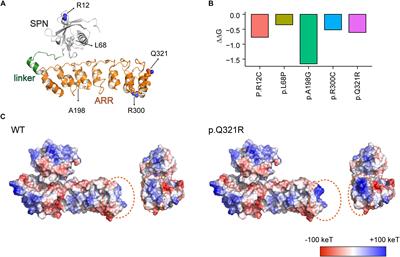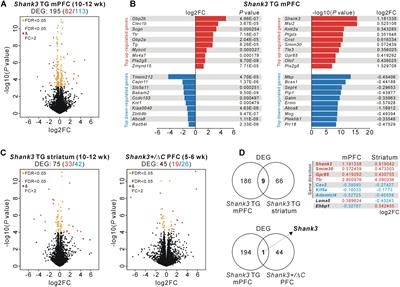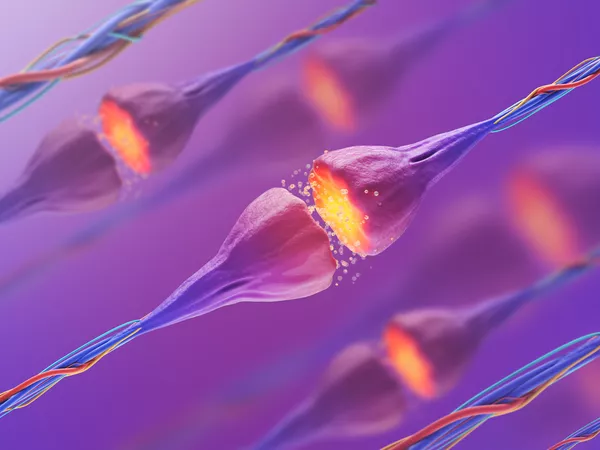EDITORIAL
Published on 07 Feb 2020
Editorial: Shankopathies: Shank Protein Deficiency-Induced Synaptic Diseases
doi 10.3389/fnmol.2020.00011
- 2,773 views
- 11 citations
26k
Total downloads
137k
Total views and downloads
EDITORIAL
Published on 07 Feb 2020
ORIGINAL RESEARCH
Published on 18 Jun 2019

ORIGINAL RESEARCH
Published on 22 Feb 2019

ORIGINAL RESEARCH
Published on 16 Nov 2018

ORIGINAL RESEARCH
Published on 09 Nov 2018

ORIGINAL RESEARCH
Published on 22 Oct 2018

ORIGINAL RESEARCH
Published on 11 Oct 2018

ORIGINAL RESEARCH
Published on 09 Oct 2018

ORIGINAL RESEARCH
Published on 04 Oct 2018

ORIGINAL RESEARCH
Published on 25 Sep 2018

ORIGINAL RESEARCH
Published on 31 Aug 2018

PERSPECTIVE
Published on 07 Aug 2018

